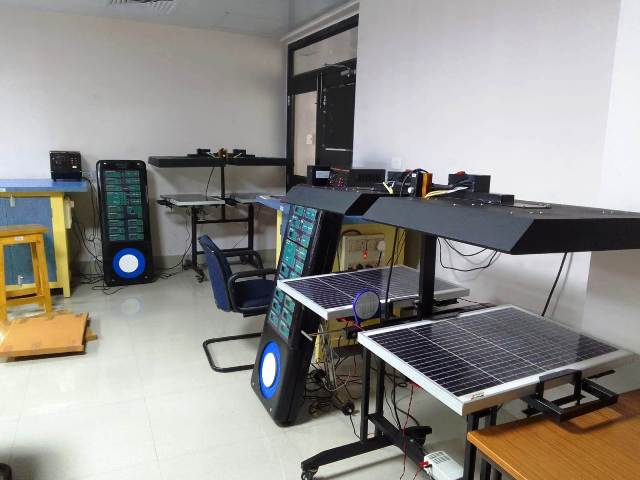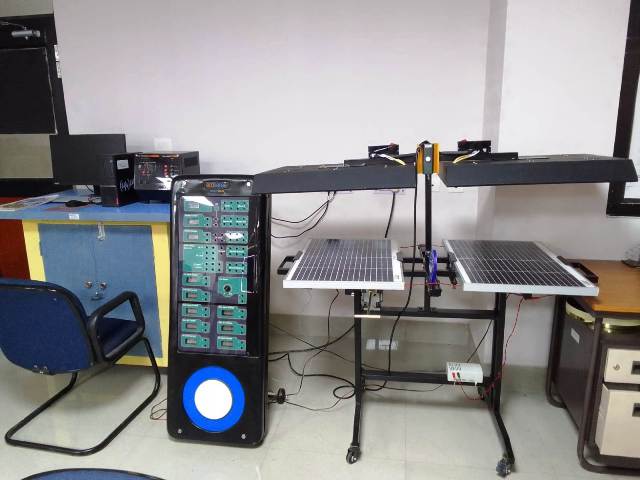IIT Guwahati's Department of Physics welcomes the Ecosense-supplied Solar PV Training and Research System
One of India's top
universities, IIT Guwahati was established with the goal of winning
international acclaim for its brilliance in research, education, and innovation
as well as to develop the nation's next generation of leaders for the benefit
of society as a whole. In continuance with their mission, IIT Guwahati orders
Solar PV Training Systems from Ecosense to establish Renewable Energy Lab.
Ecosense’s Solar Photovoltaic Labs provides a holistic
learning and training in the field of Solar Photovoltaics. Solar Photovoltaic
Lab consists of three products which together covers the entire concepts of
Solar PV’s training, installation and research. Ecosense supplied and installed two Solar PV Training and
Research Systems at Department of Physics, IIT Guwahati.


